Melody Wright, LMFT
Have you ever been so swamped by all the busyness of life that you didn't even realize the lack of sleep, increased caffeine consumption, and the low-level fatigue that had been plaguing you all week? If so, you're definitely not alone. We've all experienced moments of getting so caught up in our day-to-day tasks, activities, responsibilities, and the overwhelming push of life to stay busy that we neglect or overlook moments to take a break and reconnect with ourselves and what we may be needing.
It’s completely normal to get caught up in the cyclic routines of our daily lives that we often neglect pieces of ourselves that need tending to. As you read this, you may be wondering, “How does this relate to therapy?”. In this blog, I will explain exactly how Holistic Therapy can help you take back the wheel of your life and draw attention to your WHOLE self. We’ll discuss how tending to your mind, body, emotions, and spirit can increase your resilience and promote overall healing.
What is Holistic Therapy?
These days it seems as though we walk around with fragmented lives. We only nurture individual parts of ourselves at different times. Have you ever felt like there is “more to life”, or feel as though the person you are meant to be is stuck? You may find that this manifests in your relationships, your professional life, and even things that you enjoy. At its core, holistic therapy recognizes that our well-being is influenced by the intricate connection between our thoughts, emotions, physical health, and spirituality. Instead of viewing these as separate pieces of you, holistic therapy seeks to bridge the gaps, by cultivating a holistic perspective that integrates every part of you.
Who is Holistic Therapy For?
In short, Holistic Therapy is for everyone. However, this approach to therapy has been proven to cultivate deep healing in those with trauma, anxiety, depression, and other mental health challenges. The modalities used in holistic therapy can reach emotional and relational wounds from traumatic experiences like neglect, sexual trauma, and abuse that traditional talk therapy may overlook. It’s also been proven to have significant and life-changing transformation in situations where communication is needing improvement, parent-to-child relationships, and for those who are on a self-discovery journey.
Modalities Used in Holistic Therapy
Holistic therapy uses a wide range of modalities that aim to address the interconnectedness of the mind, body, and spirit in order to promote overall well-being and healing. Here are a few modalities utilized in holistic therapy.
Somatic Therapy: These practices involve focusing one's attention on the present moment by creating awareness, and developing a non-judgmental attitude. Mindfulness and meditation techniques like breathwork and grounding are utilized in Somatic Therapy and can be used to reduce stress, encourage self-awareness and promote emotional balance.
Transpersonal Therapy: This modality is used by practitioners to incorporate spirituality. The objective is to enhance a person’s self-awareness and increase their overall quality of life through spirituality and self-reflection. This is achieved through techniques like guided imagery, meditation, and mindfulness practices.
Expressive Arts Therapy: This practice can be incredibly supportive for those who have a difficult time finding the words to express what they are feeling or don’t feel safe sharing. Through creativity, whether it’s art, music, or writing, people can become aware of deep emotions that they may not even realize are there.
Ecotherapy: By integrating nature into therapeutic practices, ecotherapy offers benefits to both individuals and the planet. Being in nature can reduce stress, improve mood, and increase cognitive function. The sights, sounds, and smells of nature have a calming effect on our minds, which can help to alleviate things like anxiety and depression. Walking, gardening, and simply sitting outside can support your healing journey.
Final Thoughts
Holistic Therapy empowers you to participate in your own self-healing. You are the master of your life and the holistic approach is just a tool to support your navigation. By embracing the principles of Holistic Therapy, you can create a path of deep healing, and lasting transformation, and live a more vibrant and fulfilling life. If you are interested in learning more about Holistic Therapy, CLICK HERE, to schedule your free, no-obligation, phone consultation with our Client Care Coordinator.
Additional Resources
If you would like to learn more about Holistic Therapy, here are a few additional resources.
The Healing Code of Nature: Discovering the New Science of Eco-Psychosomatic by Clemens G. Arvay
The Healing Power of Mindfulness: A New Way of Being" by Jon Kabat-Zinn
Signs: The Secret Language of the Universe Paperback – June 2, 2020, by Laura Lynne Jackson
Grace Unfolding: Psychotherapy in the Spirit of Tao-te ching by Greg Johanson and Ronald S. Kurtz
**Some product links are affiliate links, which means we'll receive a commission if you purchase through our link, at no extra cost to you. Please read the full disclosure here.





















